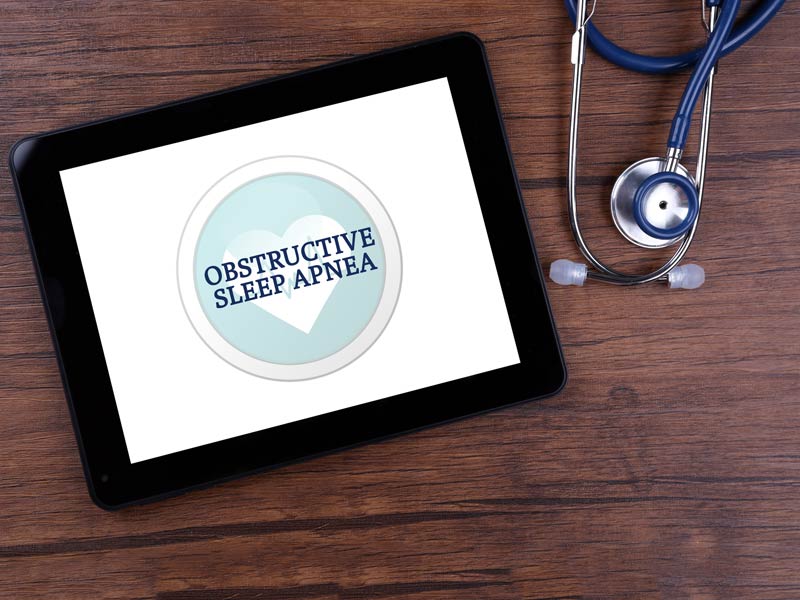Final Recommendation Statement
USPSTF: Evidence Lacking to Screen for Obstructive Sleep Apnea
December 1, 2022, 2:20 p.m. News Staff — While obstructive sleep apnea is a potentially serious sleep disorder that affects up to 30% of men and 15% of women, there isn’t enough evidence to determine whether screening for OSA improves the health of adults who don’t show any signs or symptoms of the condition.

That’s the conclusion the U.S. Preventive Services Task Force recently reached after conducting an updated evidence review to evaluate the benefits and harms of screening for OSA in adults. As a result, the task force issued an “I” recommendation on the topic, meaning there was insufficient evidence to recommend for or against screening adults in the general population.
It’s important to note that the recommendation applies to asymptomatic adults as well as to those with unrecognized symptoms of OSA (such as snoring, excessive daytime sleepiness or gasping or choking while asleep), those who are not aware of their symptoms and those who do not report their symptoms as a concern to their clinician.
The recommendation does not apply, however, to people who present with symptoms or concerns about OSA, those who have been referred for evaluation or treatment of suspected OSA, or people who have acute conditions that could trigger an episode of OSA. These patients should be managed as clinically appropriate.
“The task force looked at the evidence on screening for sleep apnea because it can negatively affect people’s health, and it is tied to other serious health issues like heart disease and stroke,” said task force member Gbenga Ogedegbe, M.D., M.P.H., in a USPSTF bulletin. “Unfortunately, there is not enough evidence to determine if screening all adults for sleep apnea improves health and quality of life.”
The updated recommendation is consistent with a 2017 recommendation that also said evidence was insufficient to assess the balance of benefits and harms of screening in asymptomatic adults.
Overall, the task force reported that evidence was limited. The USPSTF found no studies that directly evaluated the effects of screening for OSA on health outcomes, and none that directly evaluated harms associated with screening for OSA.
As for treatments, positive airway pressure methods and mandibular advancement devices were found to reduce excessive daytime sleepiness. While some trial results suggested that PAP may improve general health-related and sleep-related quality of life, the benefit was found to fall short of the range considered to be a minimally clinical important difference.
In response to public comments received on a draft version of the recommendation statement posted on the USPSTF website from March 29 to April 25, 2022, the task force added language that more clearly described the symptoms of OSA and gave more details about unrecognized symptoms. The task force also emphasized that the “I” statement means that it is neither a recommendation for nor against screening, rather that clinicians should use their professional judgment about screening individual patients.
“Most patients do not discuss sleep habits or sleep-related symptoms with their primary care clinicians,” noted task force member Martha Kubik, Ph.D., R.N. “Since the evidence on screening all adults for sleep apnea is limited, health care professionals should use their judgment when deciding who to screen, and patients who have concerns about their sleeping should talk to their health care professional about their symptoms.”
Along with the final recommendation statement, final evidence review and evidence summary, the task force published two new resources: a JAMA patient page on screening for OSA and a JAMA podcast on screening for OSA in adults.